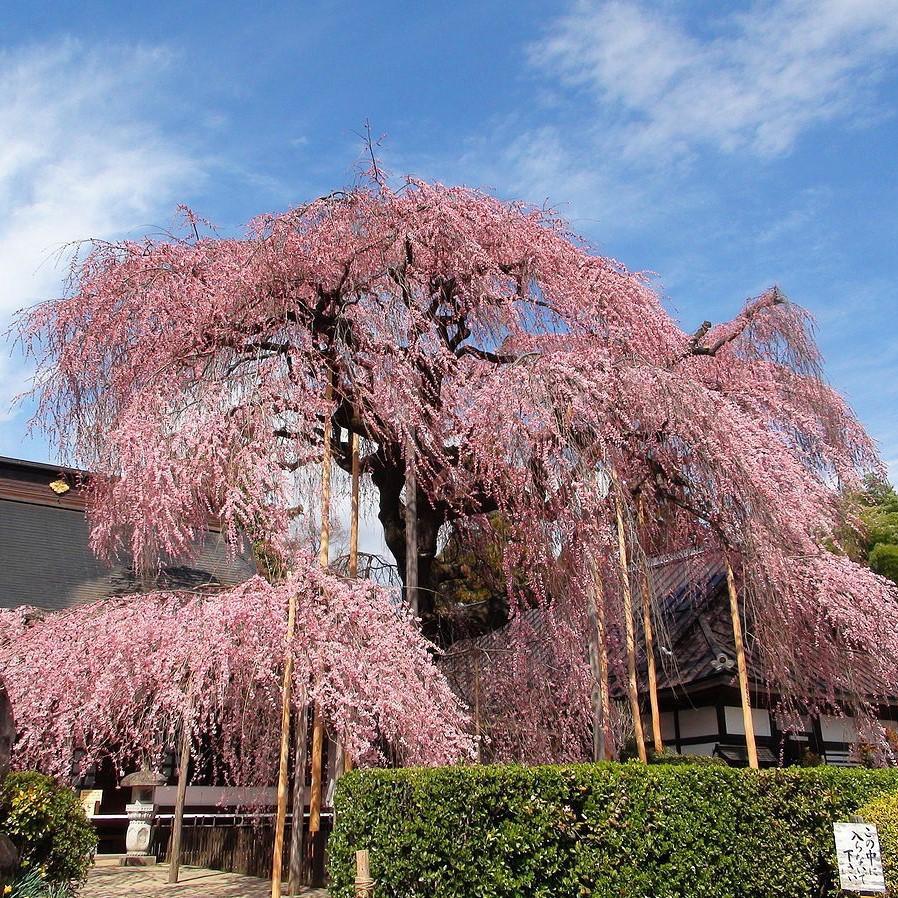-
The Weeping Cherry is a small to medium-sized tree with a distinctive weeping habit. It typically grows to a height of 15 to 25 feet (4.5 to 7.6 meters) with a spread of 15 to 30 feet (4.5 to 9 meters). The branches cascade downward, creating a graceful and elegant appearance. In early spring, the tree is covered in clusters of pink or white flowers, creating a stunning display.
-
Tolerance: Weeping Cherries are generally hardy and can tolerate a wide range of soil conditions. They prefer well-drained soil but can adapt to various soil types. They also thrive in full sun to partial shade.
-
Maintenance: Weeping Cherries require regular maintenance to maintain their shape and health. Pruning is necessary to remove any dead, damaged, or crossing branches. It's best to prune in late winter or early spring before new growth begins. Regular watering, especially during dry periods, is important to keep the tree healthy.
|
Type: |
|
|
Origins: |
Japan |
|
Height: |
15’ - 25’ |
|
Spread: |
15’ - 25’ |
|
Spacing: |
20’ |
|
USDA Hardiness Zone: |
6 - 8 |
|
Culture: |
|
|
Bloom Color: |
Pink |
|
Season of Interest: |
MAINTENANCE NEEDS: Low Maintenance. Pests and diseases can be a problem. Watch for aphids, scale, borers, caterpillars, beetles and spider mites. Potential diseases include leaf spot, dieback, leaf curl, powdery mildew, root rot, and fireblight. Cherries have weak wood and are susceptible to breakage.
LANDSCAPE USES: Accents or Group Plantings, Borders, Woodland Gardens, Naturalized Areas, Wildlife Gardens, and Shade Tree.
COMPANION PLANTS: Lilac, Viburnum, Coneflower
IMAGE: Sakaori, The front of Jiunji-Temple Prunus pendula, CC BY-SA 3.0
* As plants have ranges in appearance they may not appear as the images shown.



















































